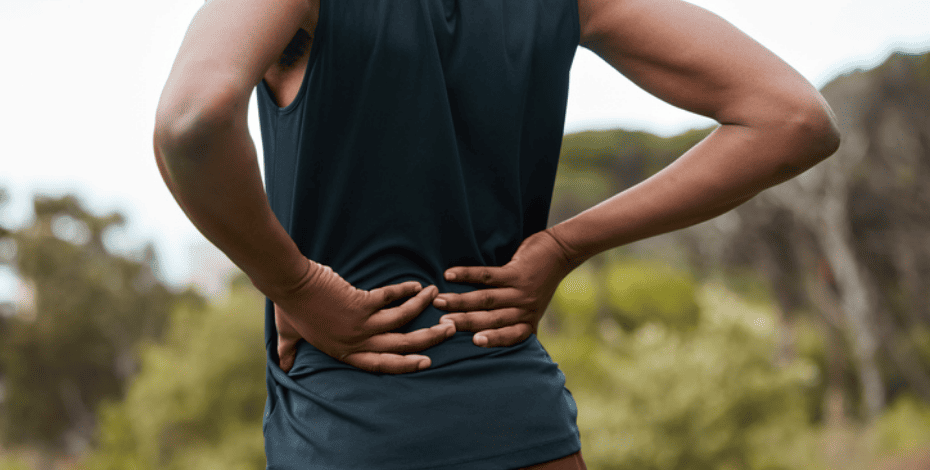
Physiotherapy students’ perspectives on LGBTQIA+ care

Calum Neish and Dr Megan Ross from the University of Queensland recently surveyed more than 300 physiotherapy students about their beliefs and education on LGBTQIA+ healthcare. Lead author Calum Neish answered some questions about their study.
What specific question did your study seek to answer?
In this study, we investigated two research questions:
What are physiotherapy students’ attitudes and beliefs towards providing care for LGBTQIA+ individuals?
What education have students received on LGBTQIA+ healthcare needs and what are their preferences for receiving this content?
What did you find with your qualitative analysis?
Overall, our mixed-methods study found that students had diverse attitudes and beliefs about the LGBTQIA+ community and that cisgender/heteronormative beliefs were prevalent.
We cross-validated our qualitative and quantitative data and generated four key themes:
• students with closer personal relationships to the LGBTQIA+ community demonstrated more inclusive attitudes and beliefs about LGBTQIA+ care and education
• there are heteronormative and negative views towards LGBTQIA+ health
• students who are ambivalent about LGBTQIA+ care hold egalitarian beliefs
• integrated education on LGBTQIA+ health delivered by members of the community is important.
How did you measure the outcomes from your quantitative analysis?

Calum Neish
We collected data about personal, clinical, professional and educational exposure to the LGBTQIA+ community and used a standardised outcome measure to evaluate attitudes and beliefs about sex and gender.
We examined students’ perspectives on LGBTQIA+ healthcare with an existing questionnaire.
We used a modified version of the 16-item Heteronormative Attitudes and Beliefs Scale (HABS) consisting of two parts.
The first part, the essential sex and gender subscale, measured beliefs about gender and sex binaries and biological determination.
The second part, the normative behaviour subscale, measured expectations about normative behaviours of men and women in sexual or romantic relationships.
We modified the HABS (hereby called mHABS) by adding an item to the essential sex and gender subscale to ascertain participants’ awareness of genders outside the binary of ‘man’ and ‘woman’.
Notably, the modified scale has been used previously in a similar study of UK physiotherapy students’ attitudes and beliefs about the LGBTQIA+ community of which Megan was an author.
With permission, we adapted an existing questionnaire from this study to further explore students’ perspectives on providing care for the LGBTQIA+ community.
Participants were asked to indicate their level of agreement with 14 statements about awareness, self-rated competence and approaches to care using a five-point Likert scale.
What did your results suggest?
Our analysis integrated the quantitative and qualitative findings to generate the four key themes.
Results from the mHABS questionnaire revealed that students who identified as having close relationships to the LGBTQIA+ community displayed fewer heteronormative attitudes and beliefs than those with more distant relationships.
Students who identified as LGBTQIA+ themselves consistently demonstrated lower mHABS scores compared to their peers—regardless of how connected those peers were to the community.
Importantly, only 16 per cent of students responded that they somewhat or strongly agreed that their physiotherapy program adequately addressed the health needs of the LGBTQIA+ community.
Where does research in this field need to look next?
From a student perspective, current physiotherapy programs do not adequately prepare students to address the needs of the LGBTQIA+ community.
Education on LGBTQIA+ health, as highlighted by students in this study, needs to be integrated into physiotherapy curricula and delivered by members of the LGBTQIA+ community.
Future research should address this integration process.
>> Calum Neish (he/him) is an honours student and casual research assistant at the University of Queensland.
© Copyright 2024 by Australian Physiotherapy Association. All rights reserved.




